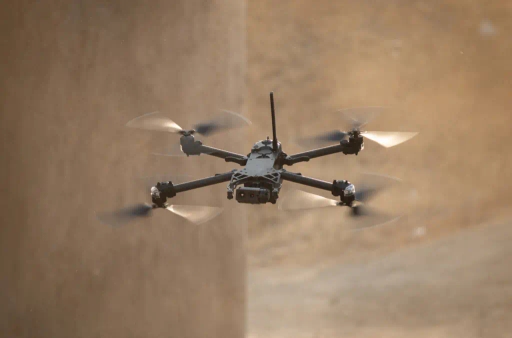
ZeroEyes
Maritime threat detection for U.S. installations
Picogrid Case Study
Multi-vendor swarming and automated response

Coordinating multiple drones from different vendors—especially in a secure, defense-grade environment—has historically been slow, brittle, and manually intensive. When Skydio and Picogrid partnered, the goal was to change that: to build a mission-ready swarming architecture that allows autonomous drones to respond to real-world threats with minimal operator input.
The result: a first-of-its-kind integration between Skydio’s leading family of UAS and Picogrid’s Legion platform, enabling real-time autonomous launch, tasking, and coordination across mixed drone fleets.
Using Picogrid’s Legion software, operators can now:
Skydio’s aircraft deliver autonomous obstacle avoidance and dynamic target following, while Picogrid enables those drones to plug into a larger ecosystem of command, control, and sensing.
“We didn’t want to just trigger a drone to fly—we wanted that flight to be meaningful,” said Zane Mountcastle, CEO at Picogrid. “That meant tight integration with sensors, AI tasking, and command networks. Legion made that possible.”
This capability has already been tested in live perimeter defense and ISR exercises—triggered by everything from tripwire sensors to RF detection—and has proven especially valuable for base defense and mobile force protection.
Most critically, this collaboration demonstrates what’s possible when dual-use technologies are built to interoperate from day one. Skydio’s autonomy and image processing, combined with Picogrid’s mission infrastructure, enable:
As demand grows for low-footprint, low-latency ISR at scale, the Picogrid x Skydio integration shows that autonomous drone operations don’t have to be siloed—and that multi-vendor control isn’t a future concept. It’s available now.
